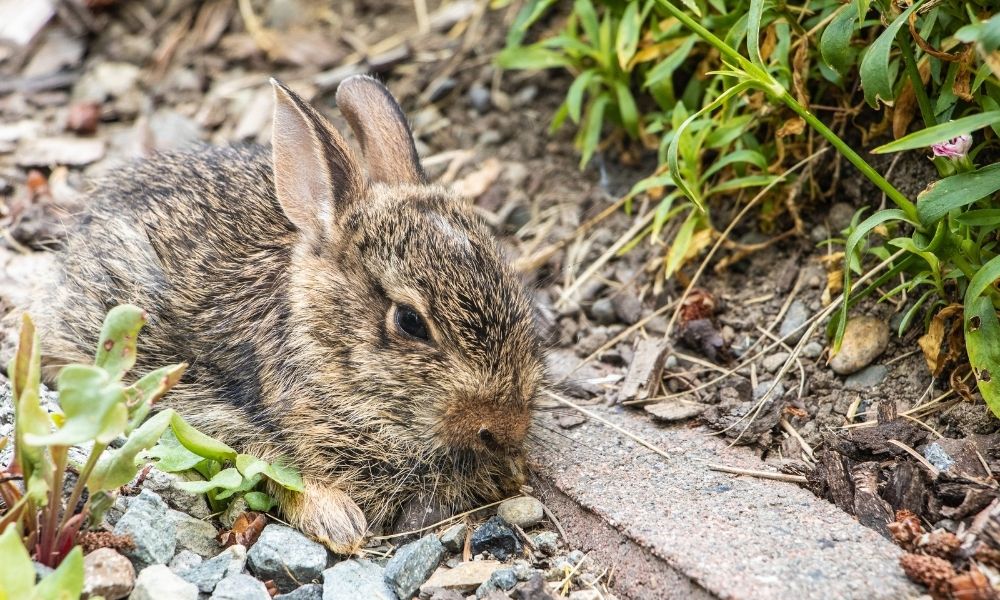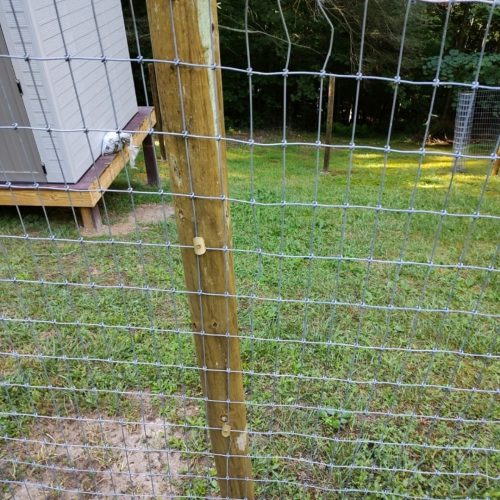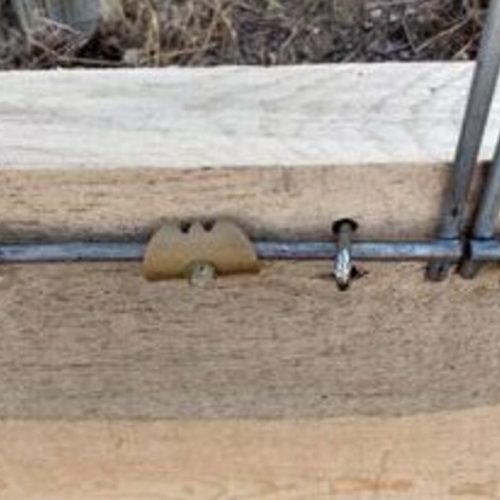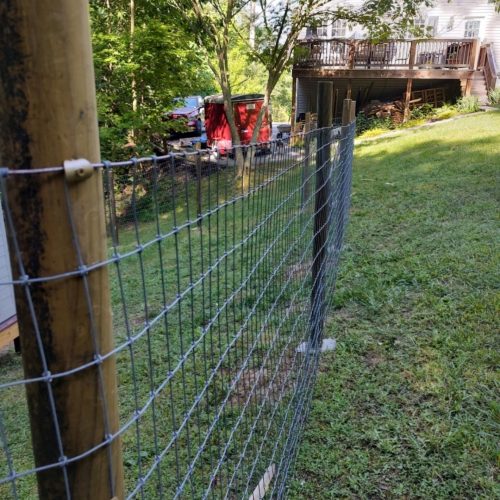Even though it’s great to have different kinds of wildlife around, there are some areas where they are not actually allowed. A few of these places include your fruitful garden, thriving fruit trees, the hay stacks and winter feed that you worked so hard to earn, and the right of way along the highway. Deer, elk, and antelope are the types of wild animals that I will focus on.
Additionally, you could use these strategies to retain domesticated herds of deer, elk, or buffalo on your property. There are some key distinctions between livestock fencing and the fencing used to keep wildlife out of an area. A standard livestock fence will have anywhere from three to five strands of barbed wire. This, however, is not adequate for wildlife because it is too high off the ground to prevent antelope from crawling under it and because it is too short to prevent deer and elk from jumping over it.
Installing Wildlife-Proof Fences
The lowest part of the fence can’t be any higher than six to eight inches in order to prevent antelope from climbing over it. And it must be at least 6 1/2 feet tall in order to prevent deer from jumping over the fence; it also must be between 7 and 8 feet tall in order to prevent elk from doing so as well. I used wire panels to construct a fence that is seven and a half feet tall when I built my stockyards for the purpose of protecting my winter feed. I used a standard wire cow panel that was four feet tall and elevated it six inches off the ground.
Then, on top of that, I positioned a panel made of hog wire that was three feet tall. Because each panel is 16 feet in length, I spaced the solid wood posts on 16-foot centers and used two T-posts to partition the span. Pipe posts are another option that can be used.
Using Cat’s Claw Fasteners VS Common Staples
Instead of using common staples, you should use Cat’s Claw Fasteners to attach wire panels to wood posts because this is the method that is both the most effective and efficient. The vibration from the wind works the staple out of the post, and the Cats Claw Fastener has proven superior holding power than the most barbed staple. The Cat’s Claw Fastener designed for pipe is the only efficient way to attach wire panels to pipe posts. The two T-posts are needed to help support the fence, not only upright but also against the effects of the wind. In certain places with heavy elk populations and destruction, special 7-foot-tall by 12-foot-long wire panels are available. The construction of the fence is done the exact same way.
Woven Wire Fences
The use of woven wire, which is also known as field fence, is an efficient alternative to the traditional methods of building wildlife-proof fences. When it comes to fencing long distances, such as highway right-of-ways, extra large stack yards, or gardens, this is the method that offers the best value for your money. It is possible to purchase field fence in a variety of heights in order to achieve the desired look and fulfill personal preferences regarding the height of the fence. When utilizing this method, it is necessary to construct sturdy H braces out of wood or pipe in order to maintain the wire in a nice, tight, and aesthetically pleasing manner.
Due to the fact that they require less annual general garden maintenance, Cat’s Claw Fasteners are the most time and labor-saving way to attach the wire to the posts over the long term. When constructing a fence of this style, I prefer to raise the bottom of the field fence by one foot above the ground. This helps prevent the surrounding brush from climbing up and becoming entangled in the fence. This makes it simpler to perform maintenance.
In order to satisfy the maximum height requirement for antelope, I will raise a strand of barb wire to a height of six inches from the ground in order to divide the difference. To meet the height requirement that I have set for containing deer and elk, I usually opt for a field fence that is a little bit shorter and then add one or two strands of barb wire on top of that. The price of the components has played a significant role in determining this choice.
Chain Link Fences
The chain link fence is the last type that I’ll discuss in this article. When the expense of the materials are compared to the level of protection that they provide, this solution can be considered. It is imperative that wildlife in the vicinity of airports be kept away from the runways. The chain link fence stands between 6 and 7 feet tall, and razor wire is strung along the top. This fence is designed to keep out even the smallest of animals, as the bottom of it is placed on the ground.
This is an essential component of the safety system. There are a few distinct styles of fencing, each of which can be utilized to prevent animals from entering areas where they are not welcome.
Let Cat’s Claw Fasteners Help Keep Wildlife out of Your Garden
We hope you’ve found this information helpful and are now ready to start protecting your garden from pesky wildlife. If you have any questions or comments, please feel free to contact us at Cat’s Claw Fasteners. We’d love to hear from you! Thank you for reading, and good luck keeping those deer out of your garden!
If you find yourself with more questions, the Cat’s Claw Fasteners team is at your service! Please email your queries to our Head Cat Collector, Chava, at chava@catsclawfasteners.com. While you’re at it, explore our other blogs and join us on Facebook, Instagram, Pinterest, and Youtube!
Read Next: Common Nails With a Polished Finish








